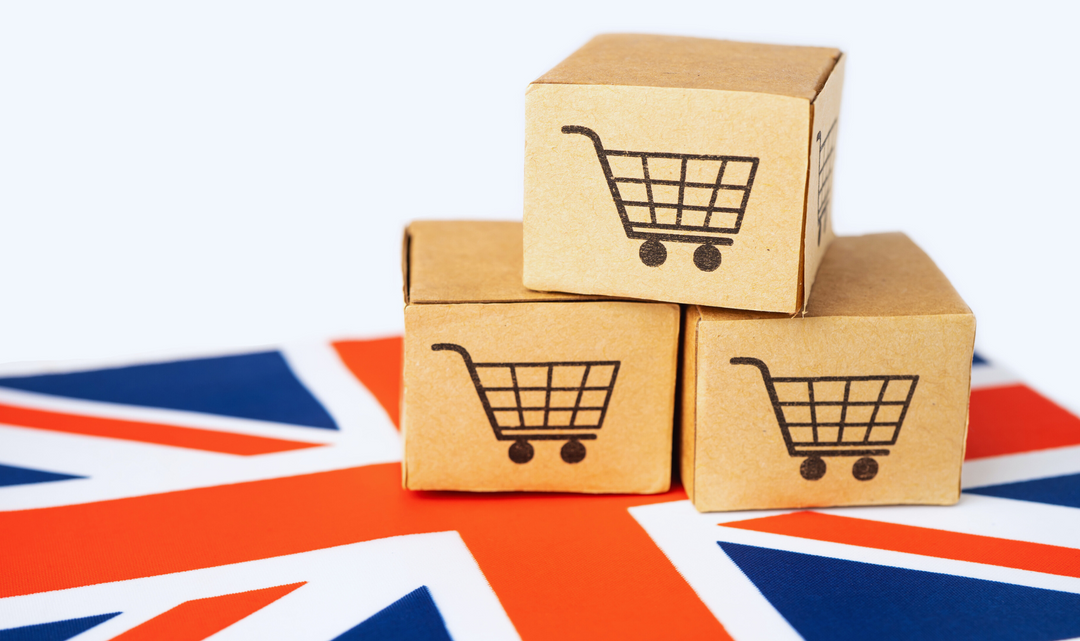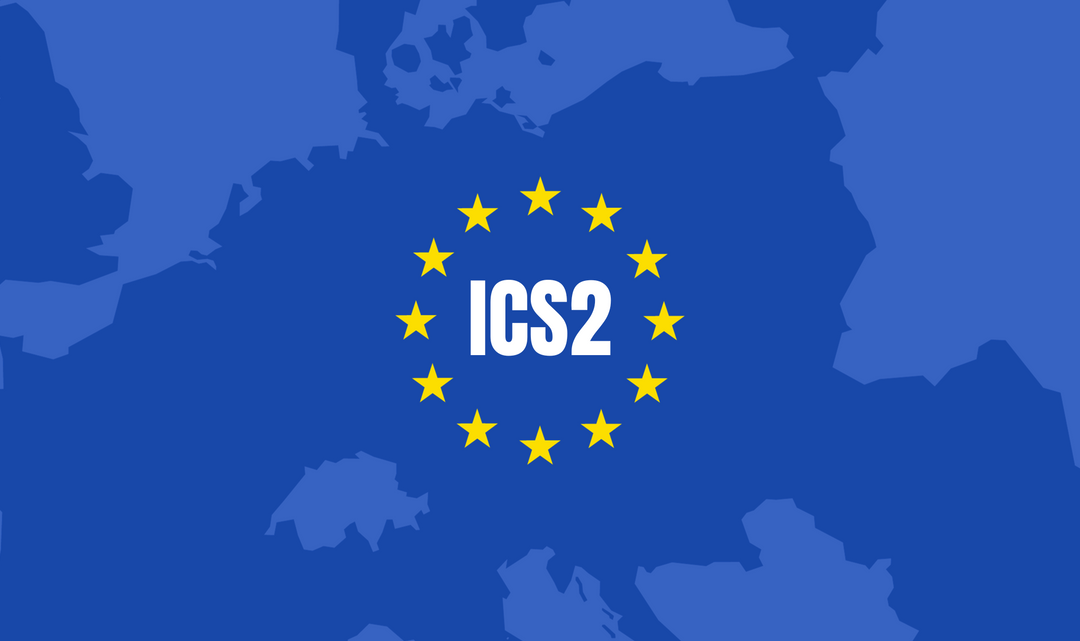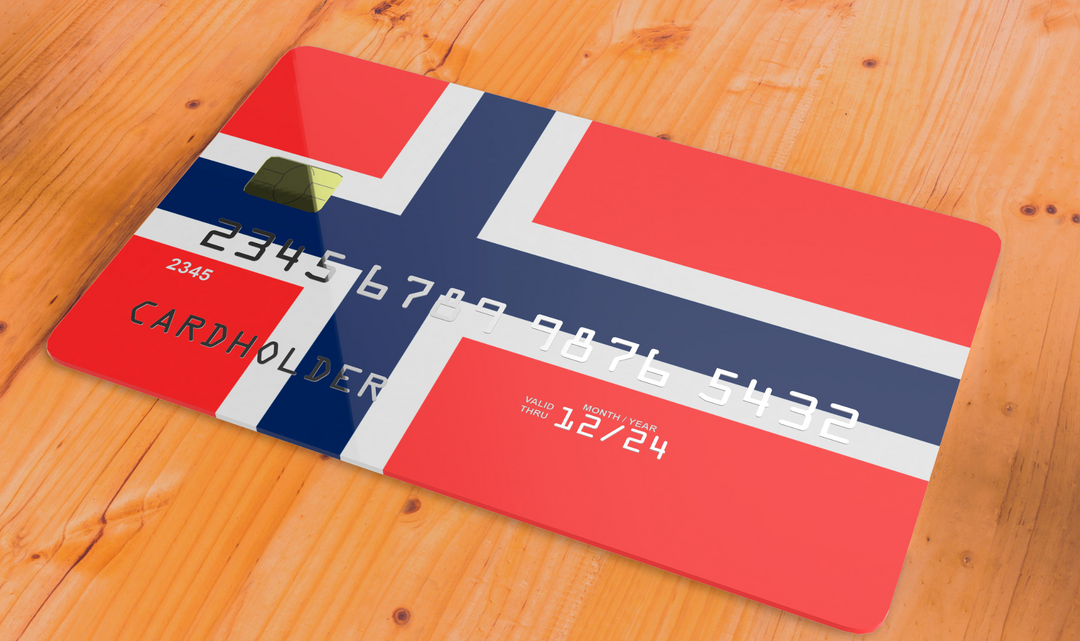How To Ship Cosmetics Internationally: The Basics
So, you’ve got a great cosmetic product, a great brand, and a great opportunity to ship internationally — what’s next? At Passport, we know that international shipping can come with a whole host of requirements and regulations, but we’re here to help make that process less complicated.
If you’re looking for the best way to ship cosmetics to Europe, you might find that the European Union (EU) has some of the strictest requirements in the world. Despite the complex process, if your products are approved to be sold in the EU, many other countries around the world view it as a stamp of approval when it comes to product safety. Some cosmetics brands use this as a point of differentiation to market their product as “EU compliant,” with US lawmakers from Connecticut going as far to introduce legislation in 2019 to require cosmetics sold in the state to “meet the chemical safety standards established by the European Union.”
Requirements To Become EU-Compliant
Becoming EU-compliant to be able to ship cosmetics in Europe is a comprehensive process that consists of four key requirements:
- Designate a “responsible person”
- Formulation review and testing
- Labeling and marketing claims
- Market notification and reporting
While that extensive process can require significant work for brands and manufacturers, it’s great to assure customers that your products are safe. The good news: once your products are approved, you gain access to the 27 countries that are part of the EU and to other global markets that respect the EU’s cosmetic vigilance. The best news: we’ll cover the international shipping basics for cosmetics in the EU to help you reach your customers and get started today.
Designate A “Responsible Person”
To place cosmetic products on the EU or UK market, companies must designate a “responsible person” to handle compliance issues on the company’s behalf. The responsible person serves as the EU’s main point of contact and is responsible for maintaining information about the product for years, completing product safety investigations, registering products with their appropriate portal, and making sure all labeling efforts are in compliance. In the event of any undesirable or unsafe effects caused by the cosmetic product, it is the responsible person’s duty to notify the national authority.
When you ship products to the EU, customs officers may check your product packaging and labels for a local company name and address. They are looking for a “Responsible Person” who is established in the EU. This could be the cosmetics manufacturer, importer, or distributor who acts as the primary point of contact for the EU regulatory authorities. Having a local contact isn’t a challenge for larger cosmetics brands with an EU branch or country office, but for US cosmetics brands that ship directly to consumers, already having a Responsible Person may be less likely.
Formulation Review and Testing
According to the consumer advocacy firm Environmental Working Group, there are several chemicals that are commonly found in US cosmetics, but prohibited or restricted in the EU and Canada. Here’s a quick quiz – which of the following are banned in the EU: Formaldehyde (found in keratin, used in hair straightening products), parabens (preservatives used to extend cosmetic shelf life), or coal tar dyes (often used in eyeshadow)? If you answered all three, you are correct! In fact, there are 1,653 chemicals that are actively banned and 315 that are restricted by use and concentration. You can search the EU’s Cosmetic Ingredients and Substances database, CosIng, to see if your ingredients are restricted or prohibited.
Labeling and Marketing Claims
Labeling requirements for cosmetics sold in the EU must show the cosmetic function, the size of the product, the point of contact, and a list of ingredients. The EU requires that all ingredients be listed by their International Nomenclature of Cosmetic Ingredients (INCI) name, helping consumers know the ingredients of their cosmetics by removing language barriers. However, some EU countries also require additional product information to be translated into the country’s spoken languages. This means that countries like Belgium that have three official languages would require the product function (shampoo, deodorant, etc.), composition, and warnings to be translated into Dutch, French, and German.
Market Notification and Reporting
The Responsible Person will work with brands and their manufacturers to gather all required information into a comprehensive Product Information File (PIF). This file is submitted, maintained, and updated if there are changes to the product ingredients or formulation. Additionally, the PIF contains the results from the safety assessments and lab tests that were performed and the Responsible Person is required to report any Serious Undesirable Effects (SUE) resulting from the product’s use.
The Cosmetics Product Notification Portal (CPNP) is a free online notification system that is able to centrally list your products with the EU regulatory authorities before they are made available for sale. When a product has been notified in the CPNP, there is no need for any further notification at national level within the EU.
What Are the Next Steps for a Cosmetic Company That Wants To Ship to the UK/EU?
Even with all that information laid out, we know it can be overwhelming to sort through the myriad of regulations by yourself. Enter in: Passport. Contact our team to set up an exploratory call so we can understand your international expansion goals and recommend a go-to-market approach. Even if you don’t have internal compliance resources or simply want a second opinion, we have partnerships with some of the top cosmetics regulatory consultants that focus on the European market. Our trusted advisors can help you enter the UK and EU markets and ensure that you keep access to your global customers — let’s get started!




